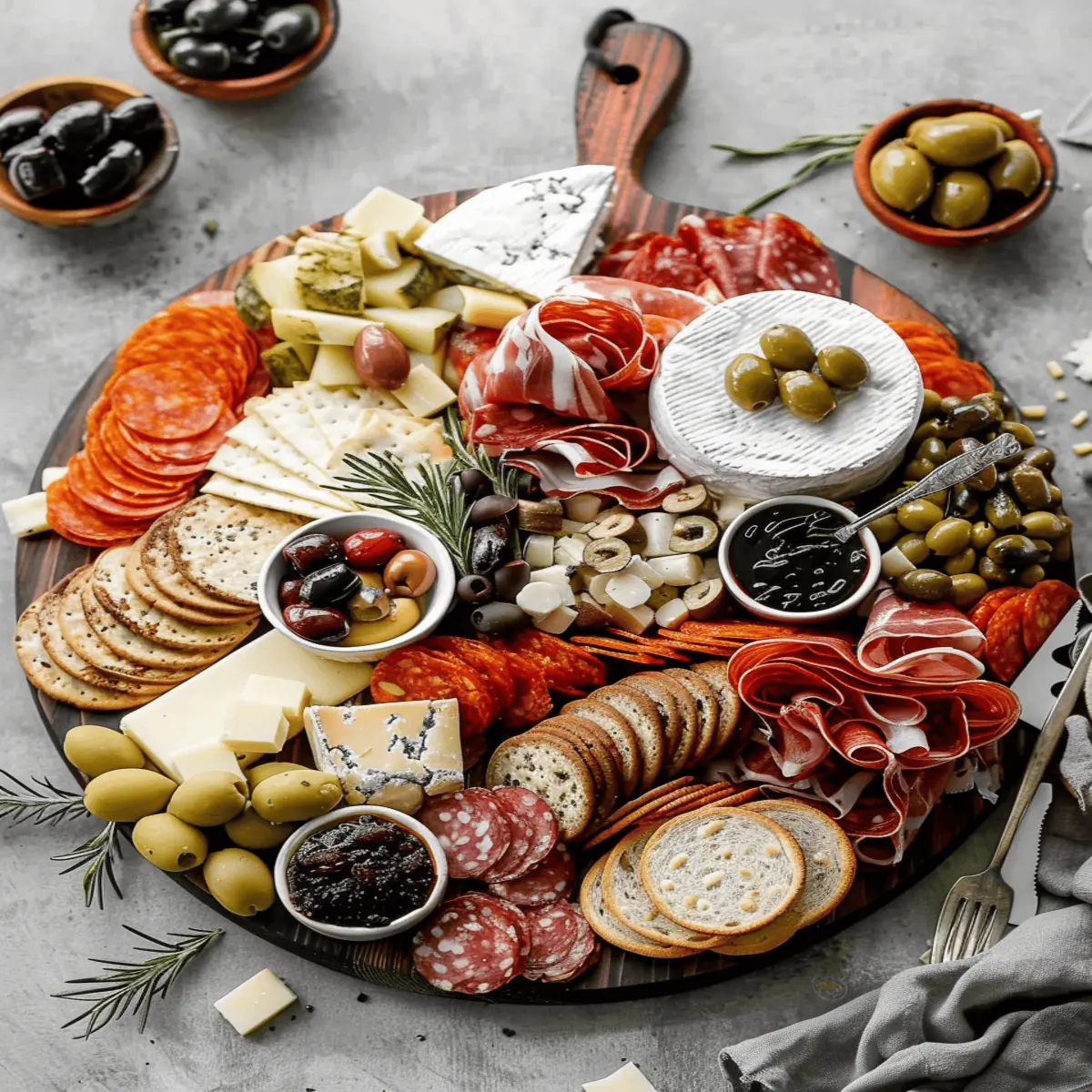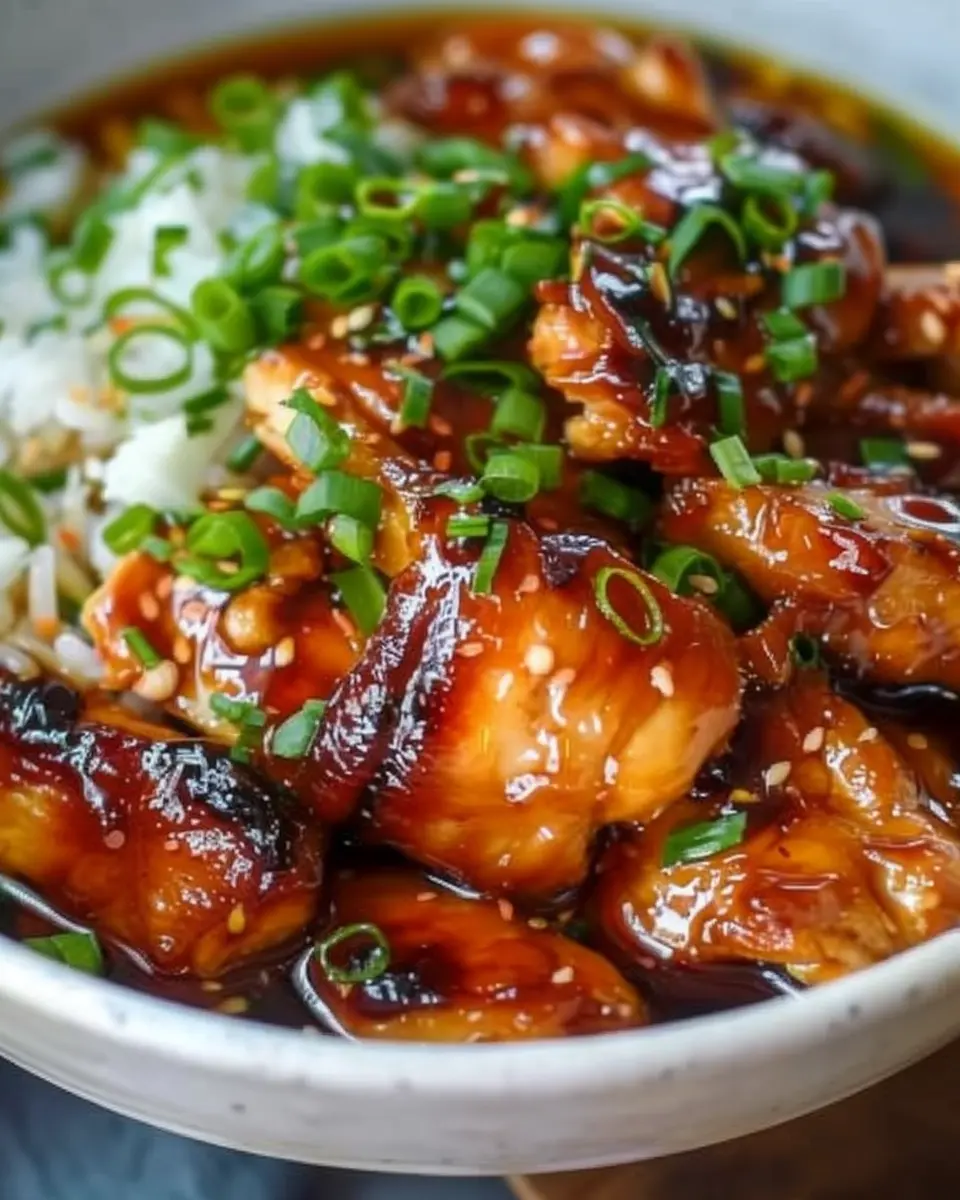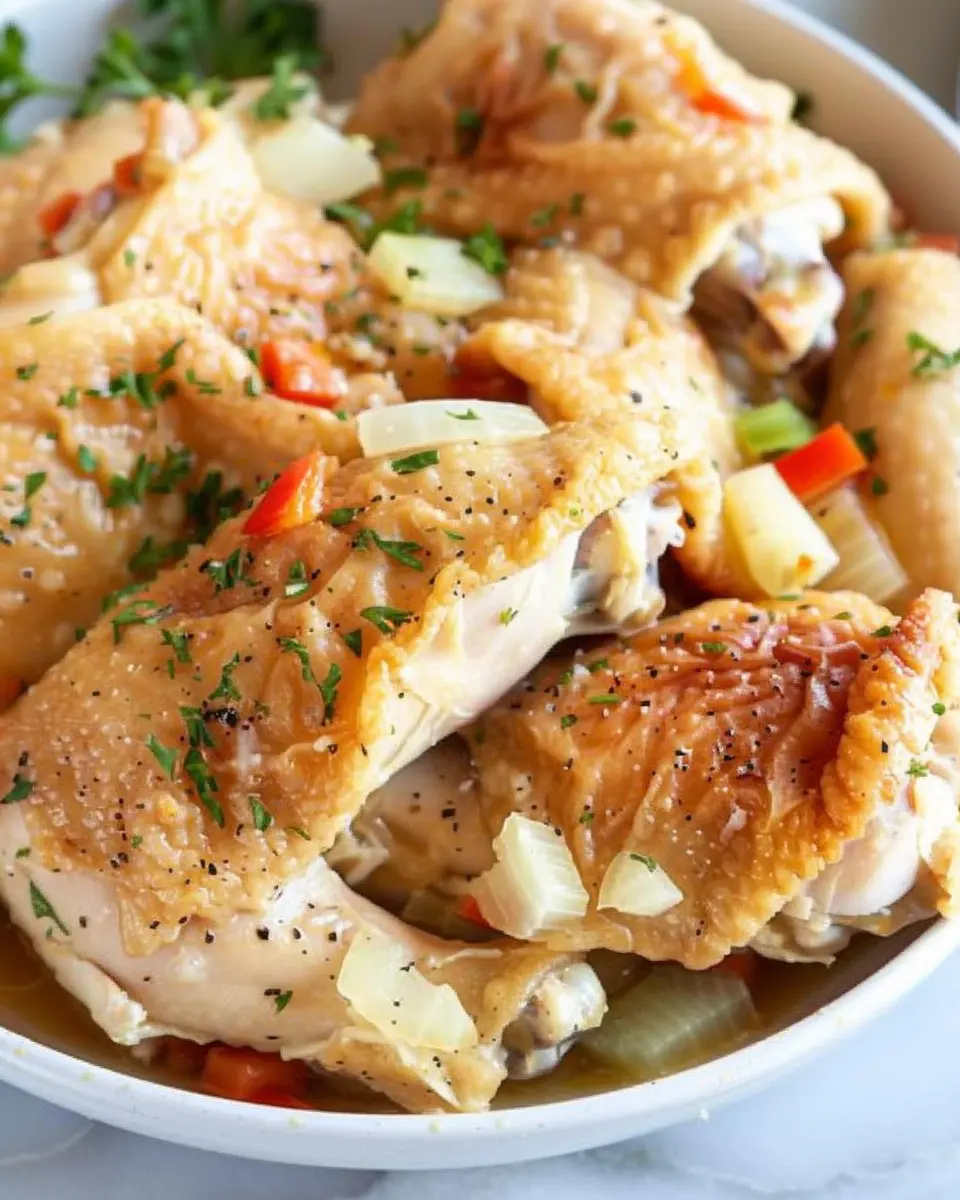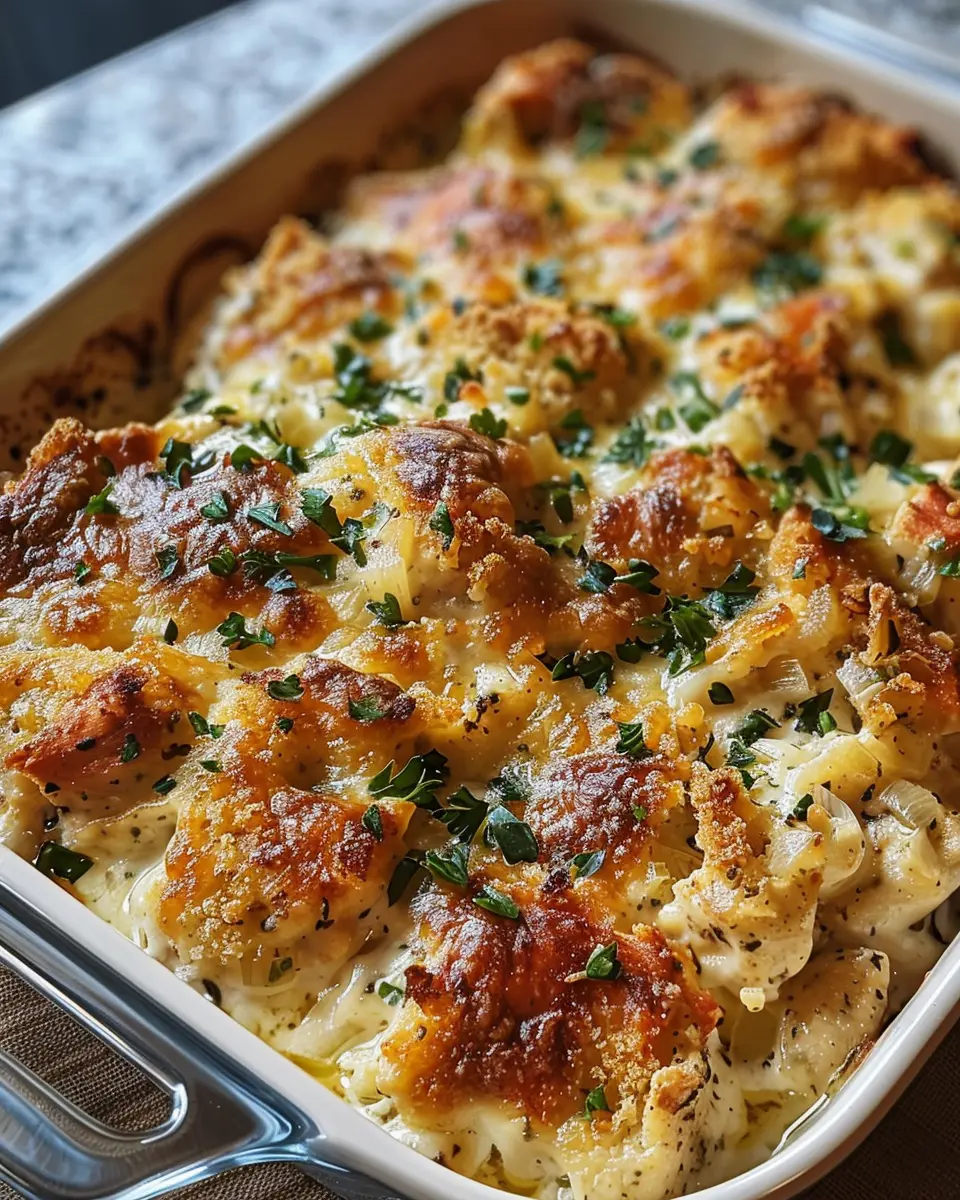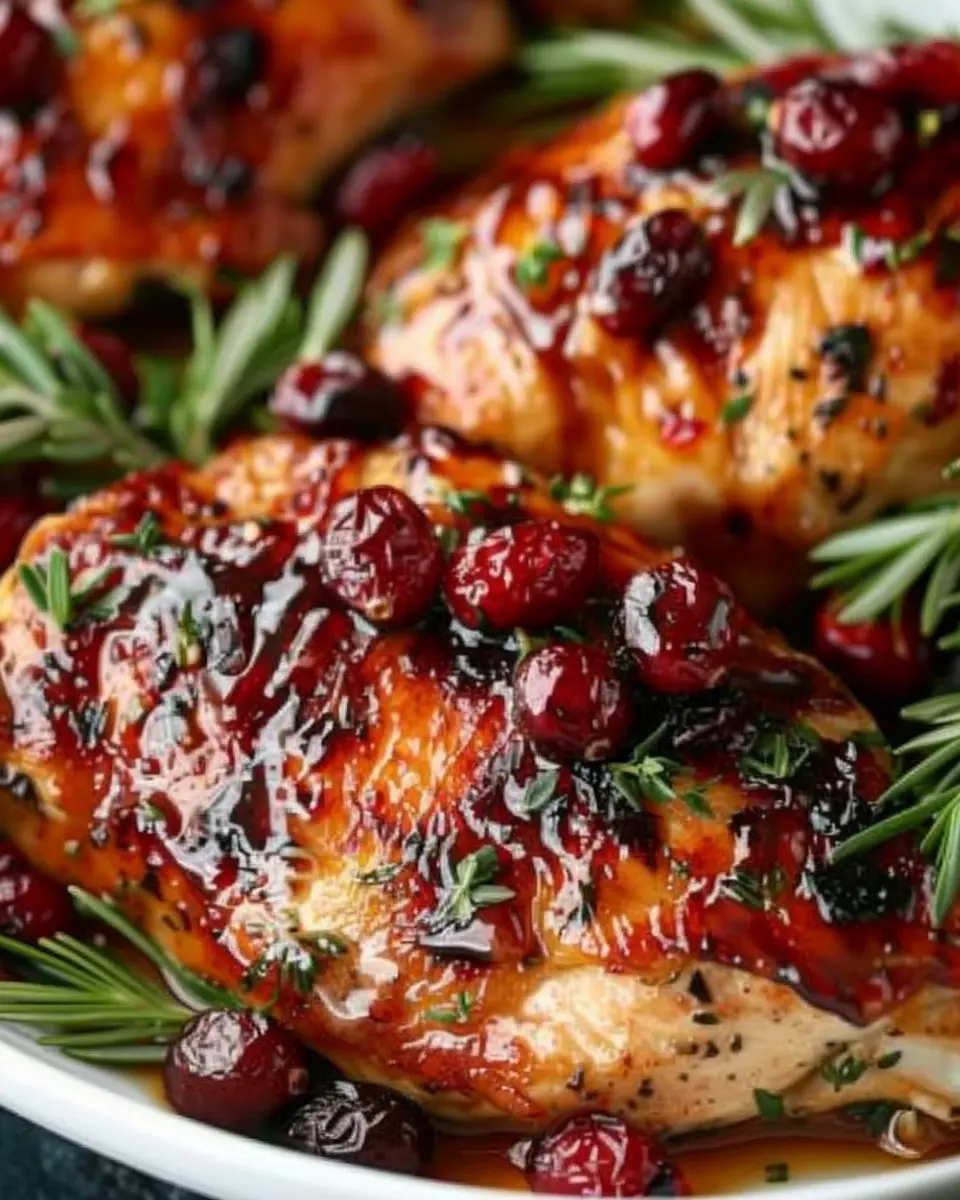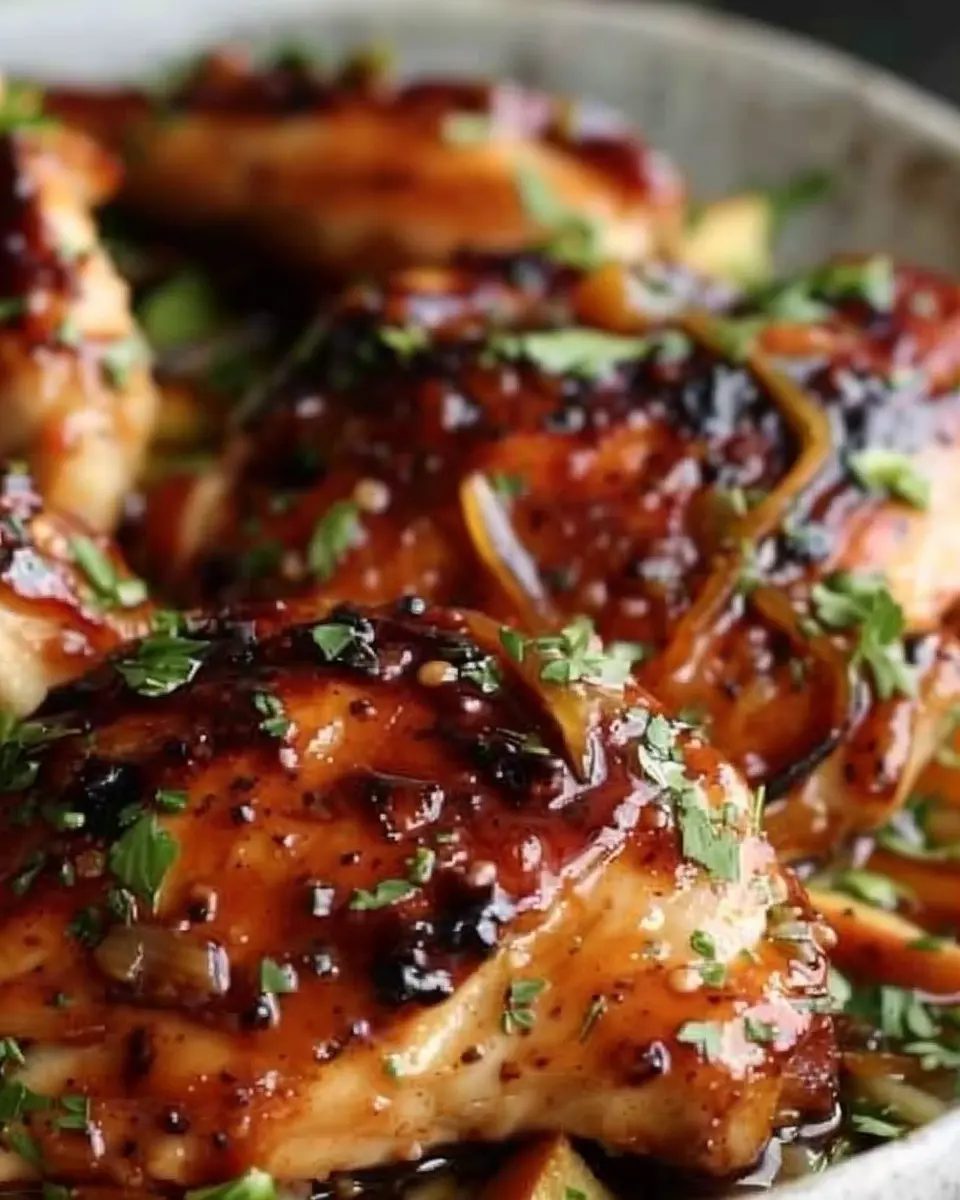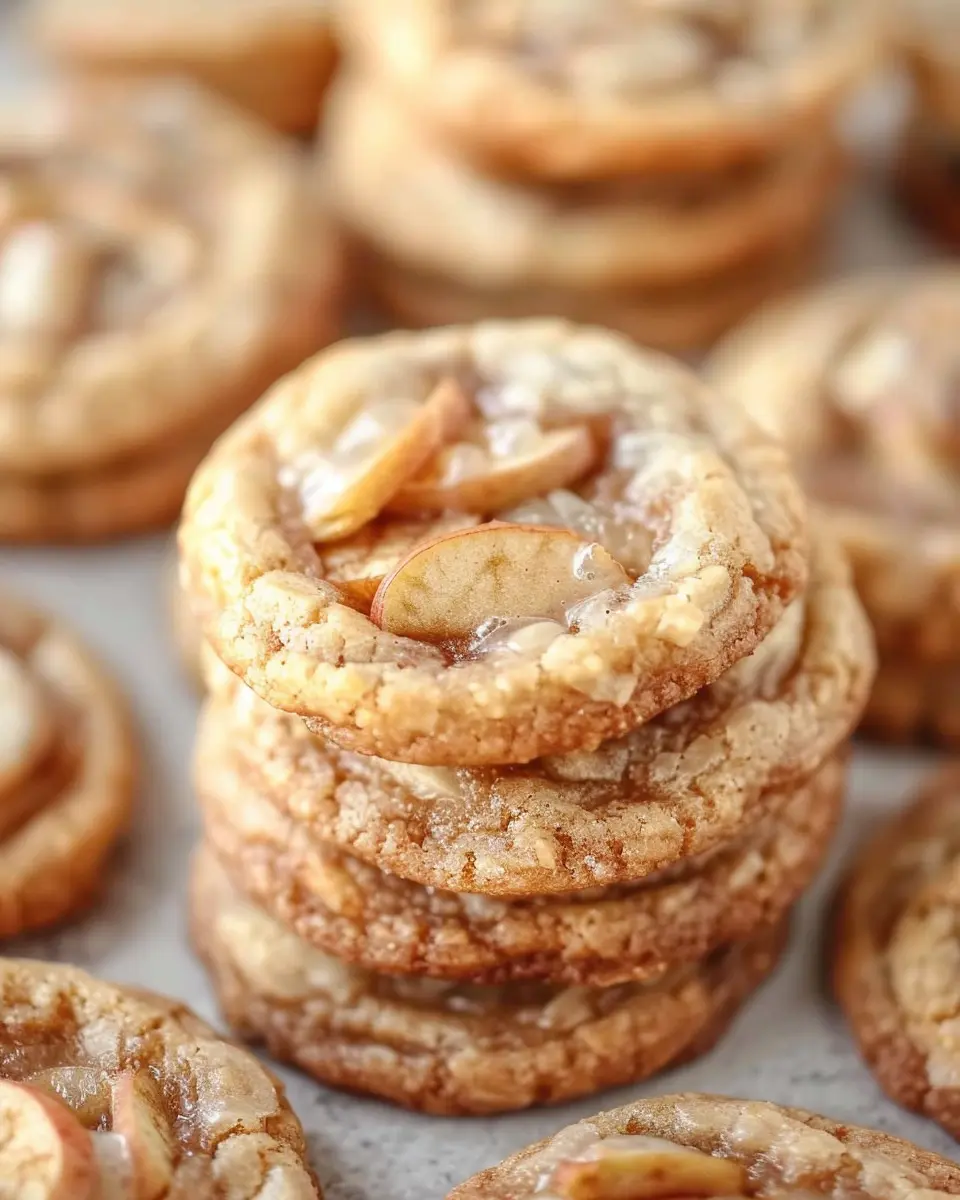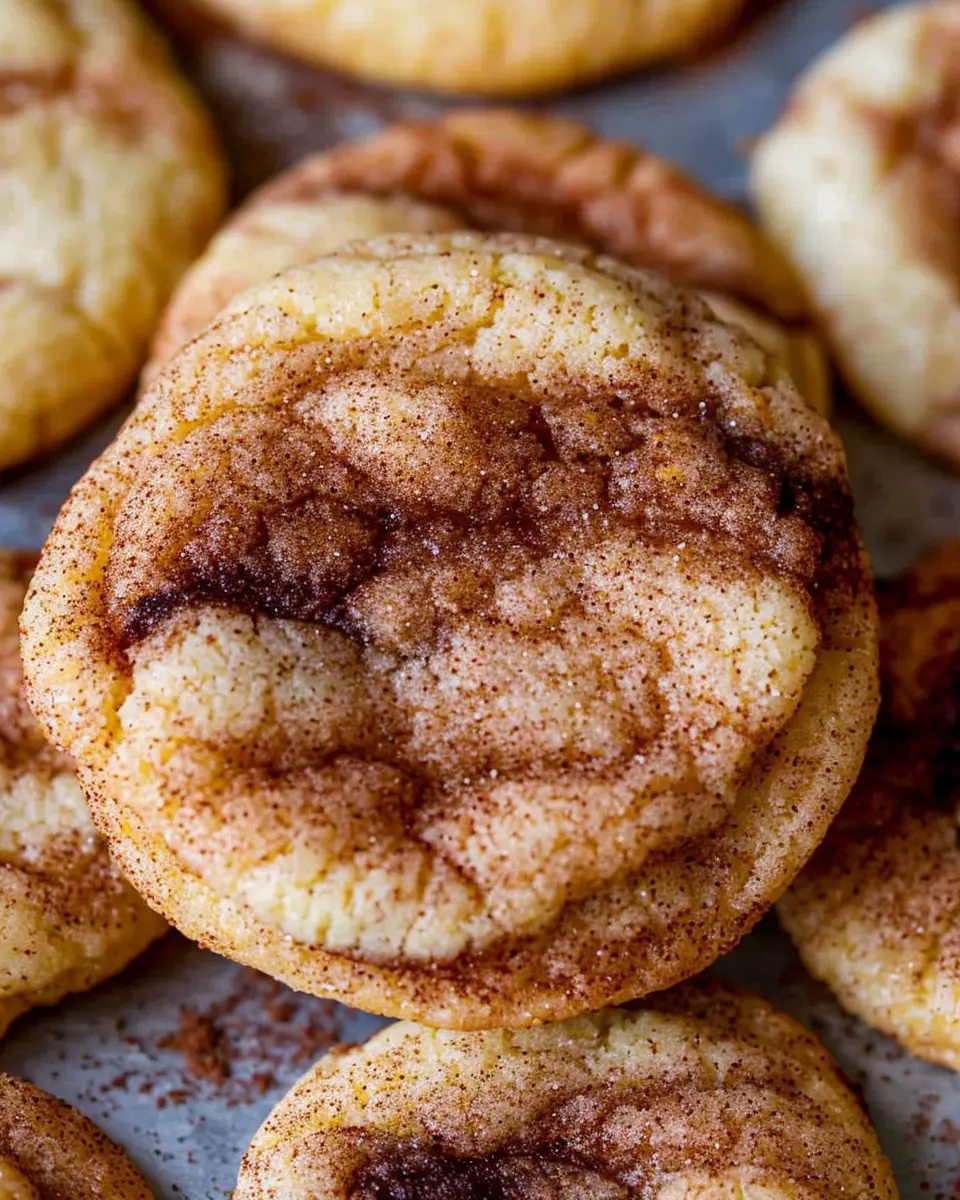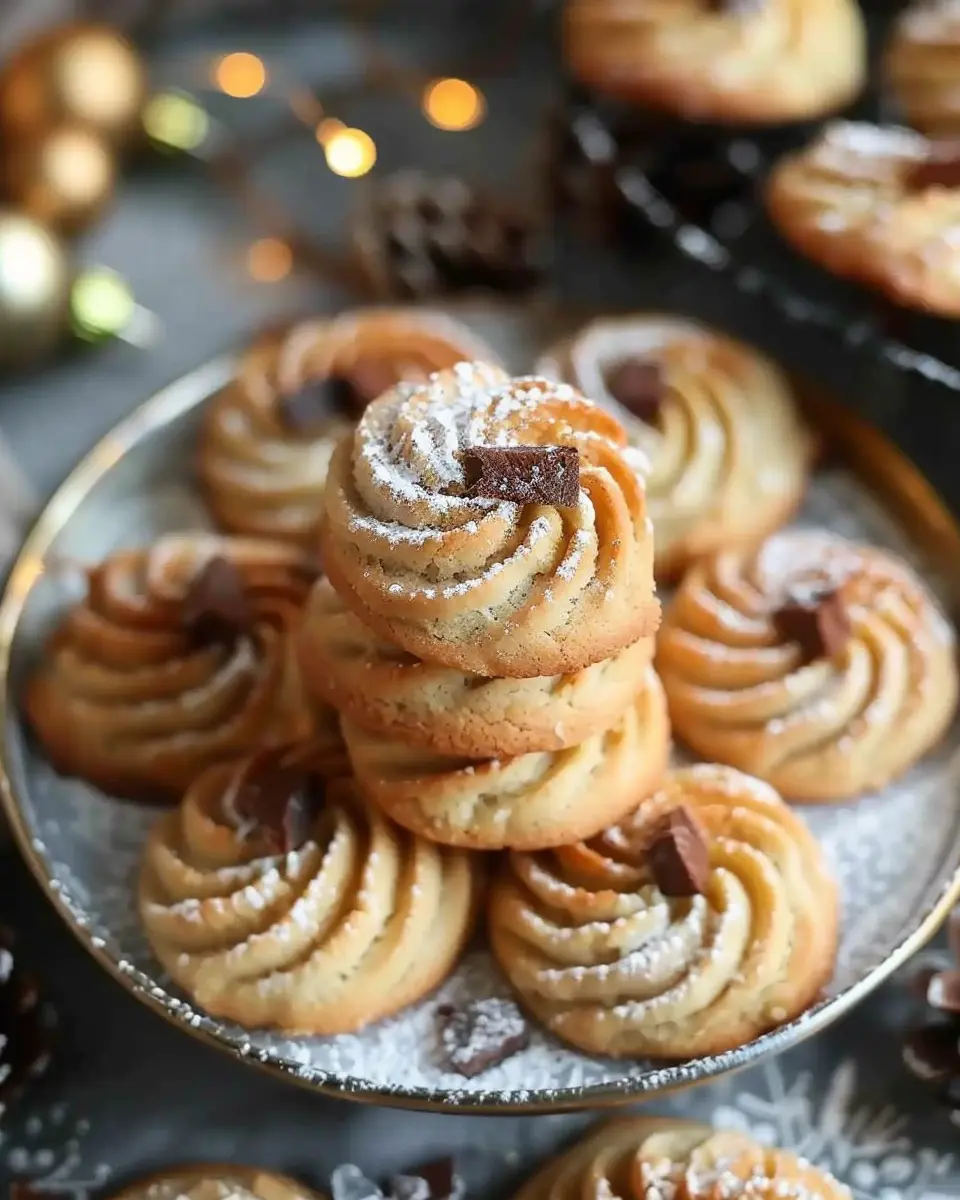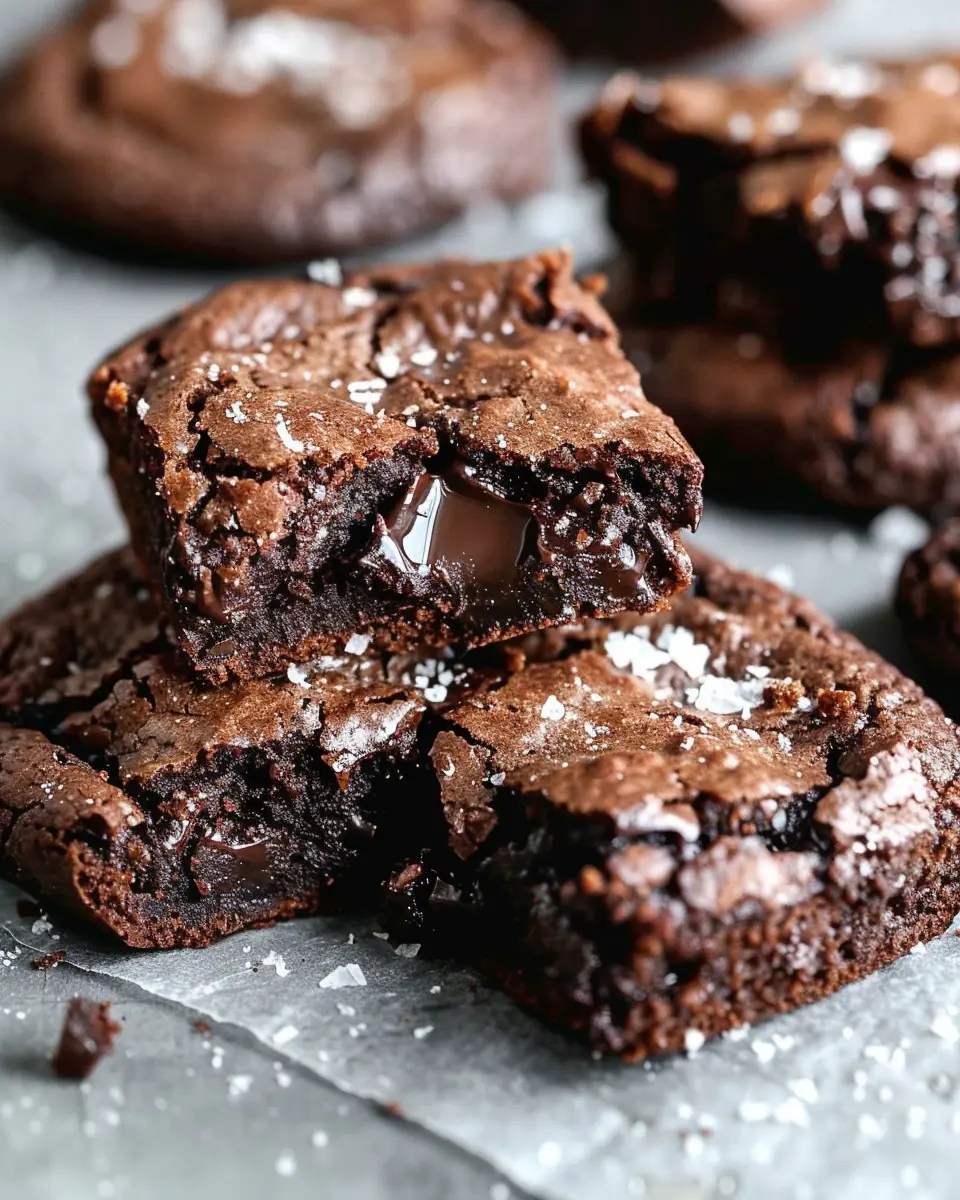Introduction to Charcuterie Boards
The Rise of Charcuterie Boards in Social Gatherings
In recent years, charcuterie boards have become the star of social gatherings, and it’s not hard to see why. They offer a charming blend of flavors, colors, and textures that appeal to both the eye and the palate. Whether you’re hosting a casual get-together or a sophisticated wine night, these uniquely designed platters provide a genius way to cater to a variety of tastes without causing unnecessary stress.
Much of the charcuterie board’s popularity stems from its flexibility. You can customize everything to fit your theme, dietary preferences, or even seasonal ingredients. Did you know that studies have indicated that visually appealing food can enhance the dining experience and encourage social interactions? That’s where these vibrant boards shine. According to an article from Harvard Health Publishing on the importance of presentation in meals, showcasing food in an aesthetically pleasing manner can boost mood and ignite conversations.
Moreover, with the rise of social media platforms like Instagram, food presentations have turned into a form of art. Charcuterie boards, with their eclectic arrangement of meats, cheeses, fruits, nuts, and dips, have a natural “Instagrammable” quality that draws followers in. Ever found yourself scrolling through beautiful images of meticulously assembled boards and thinking, “I want to create that!”? The good news is, with a little guidance, you can!
When setting up your charcuterie board, think about the balance of flavors and the harmony of colors. Aim for a mix of savory and sweet options, like:
- Cured meats (prosciutto, salami)
- Artisan cheeses (brie, aged cheddar)
- Fresh fruits (grapes, figs)
- Crunchy nuts (almonds, walnuts)
- Delectable dips (hummus, chutney)
Keep in mind that a well-curated charcuterie board is about showcasing your personality—from the types of ingredients you choose to how you arrange them. So, get creative, enjoy the process, and impress your guests with a delightful spread!
Ready to dive into your very own charcuterie board creation? Let’s explore the essential components and tips to help you craft a masterpiece that will leave everyone talking!
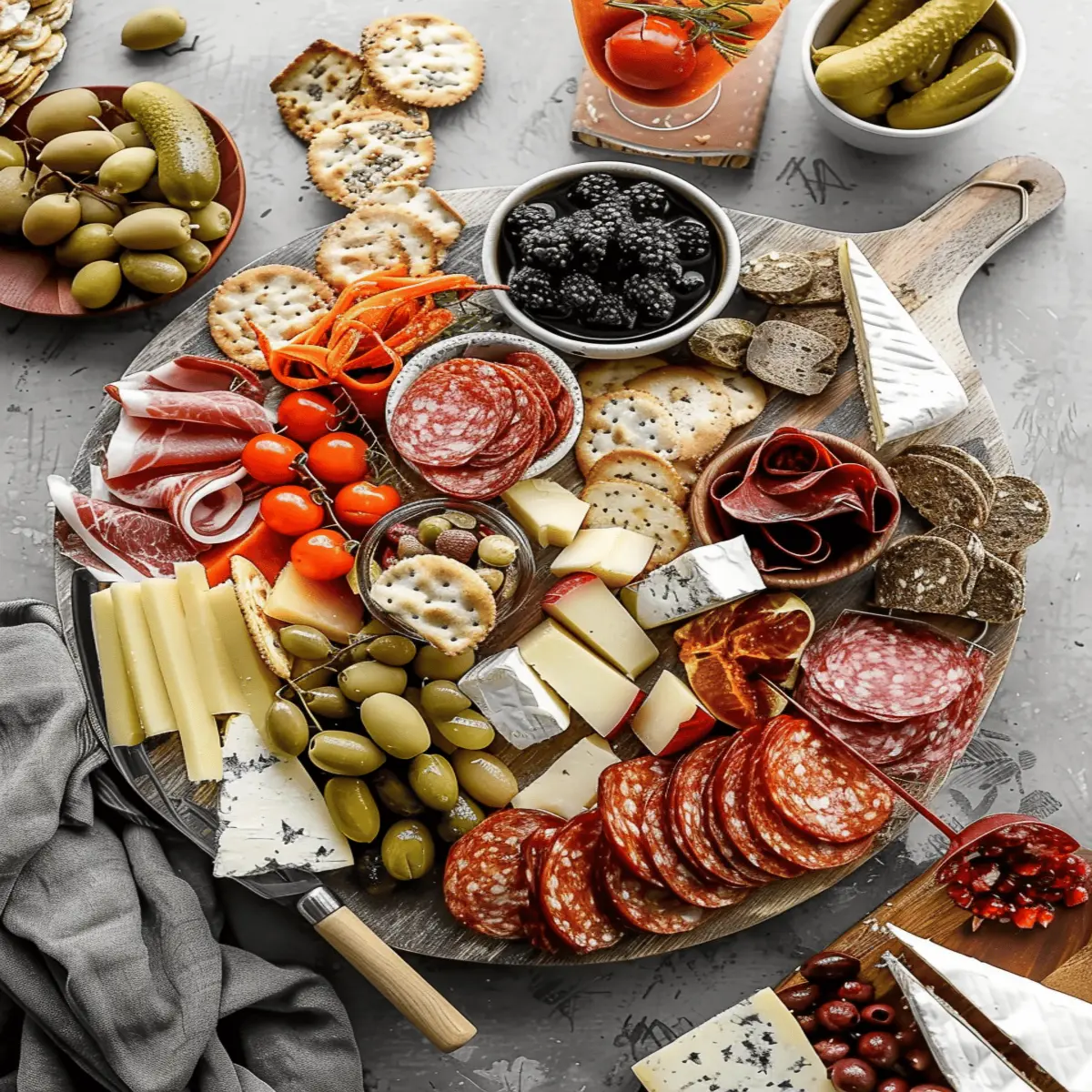
Essential Ingredients for Charcuterie Boards
Creating the perfect charcuterie board is all about balancing flavors, textures, and colors. Here’s a rundown of the essentials you can’t skip:
Meats: A variety of flavors and textures
Start with a selection of cured meats to satisfy diverse palates. Consider:
- Salami: Spicy or mild, its rich flavor adds depth.
- Prosciutto: This thinly sliced Italian favorite offers a delicate taste.
- Chorizo: A bold option, perfect for those who love a kick.
Pairing meats with contrasting flavors elevates the experience. For more ideas on meat pairings, check out this meat guide for inspiration!
Cheeses: Hard, soft, and everything in between
Cheese is the star of any charcuterie board. Include a blend of textures:
- Brie or Camembert: Soft and creamy, these cheeses are crowd-pleasers.
- Aged Cheddar: Robust and tangy, perfect for stronger flavors.
- Goat Cheese: Sprinkle on herbs for added freshness.
You really can’t go wrong here; a mix keeps things interesting!
Accompaniments: Bread, crackers, and more
Add a variety of breads and crackers to complement your meats and cheeses:
- Artisan bread: A sliced baguette or focaccia brings a rustic touch.
- Gourmet crackers: Look for different shapes and textures to enhance visual appeal.
Think about serving a delicious dip or two, such as hummus or a savory tapenade.
Fruits and nuts: The finishing touch
Finally, consider fresh fruits and snacks to round out your charcuterie board:
- Fresh fruits: Grapes, figs, or apple slices add sweetness and color.
- Nuts: Almonds or walnuts provide a satisfying crunch.
These finishing touches not only enhance visual appeal but also introduce fresh flavors that cleanse your palate.
With these essentials in hand, you’re well on your way to curating a charcuterie board that will impress any guest!
Step-by-step Preparation of Charcuterie Boards
Creating a stunning charcuterie board is not just about assembling food; it’s an art form that can elevate any gathering. Whether you’re hosting a casual get-together or an elegant dinner, follow these steps for a board that’s both visually appealing and delicious.
Choosing a Board or Platter
The foundation of your charcuterie board is the board or platter itself. You have various options to consider:
- Wooden cutting boards bring warmth and a rustic vibe to your presentation. They can also be easy to clean and great for slicing meats on.
- Marble slabs lend a modern aesthetic and keep foods cooler, perfect for an upscale look.
- Ceramic or glass platters offer versatility and can be great for themed boards.
Make sure your surface is large enough to accommodate all your delicious selections. Ideally, you want a space that allows for creativity in arranging your offerings.
Selecting Your Meats
Next up, let’s talk about the stars of the show—your meats. The key is to mix flavors and textures. Here are some options to consider:
- Cured meats such as prosciutto or salami add rich, savory flavors. Did you know that prosciutto can be up to 70% fat? This is what gives it its melt-in-your-mouth texture!
- Sausages like chorizo or pepperoni can add a spicy kick.
- For something different, include some pâté or terra cotta sausages, which can be fun for adventurous eaters.
Aim for about 3-5 types of meat, as this will give your board depth without overwhelming your guests.
Picking the Perfect Cheeses
Now, onto the lush world of cheese. A well-thought-out selection can turn your charcuterie board into a cheese lover’s dream.
- Soft cheeses like brie are mild and creamy—perfect for spreading.
- Aged cheeses like cheddar or gouda offer a depth of flavor and texture contrast.
- Blue cheese adds a sharp punch for those who love bold flavors.
Creating a balance is key: pair mild cheeses with robust meats and vice versa. Aim for a combination of creamy, hard, and blue cheeses to provide a delightful experience.
Arranging Your Accoutrements
A charcuterie board isn’t just about meat and cheese; it’s the accoutrements that provide balance and enhance flavors. Think about including:
- Fruits such as grapes, figs, or apple slices offer a fresh sweetness that cuts through the richness of fatty meats.
- Vegetables like pickles, olives, or cherry tomatoes introduce a crisp variety.
- Add in some nuts or seeds for crunch—almonds or walnuts can be a lovely touch.
When arranging, consider the visual appeal. Group your items in small clusters while still leaving some space to encourage grazing and interaction.
Garnishing and Final Touches
To finish off your charcuterie board, attention to detail is essential. Here’s where you can let your creativity flow:
- Use herbs like rosemary or thyme for a pop of color and aroma.
- A drizzle of honey or a smattering of mustard can add unexpected layers of flavor and encourage the mingling of tastes.
- Don’t forget about the presentation! Layer your meats and cheeses and place smaller items like nuts and fruits in little bowls or directly on the board.
Remember, the goal is to create an inviting and engaging spread. Personal touches, like a handwritten menu or fun facts about your selections, can also add a lovely warmth to the experience.
With these steps, you’re well on your way to crafting a memorable charcuterie board that will impress your guests and make your gatherings unforgettable. For further inspiration, check out this guide on Choosing a Charcuterie Board. Happy assembling!
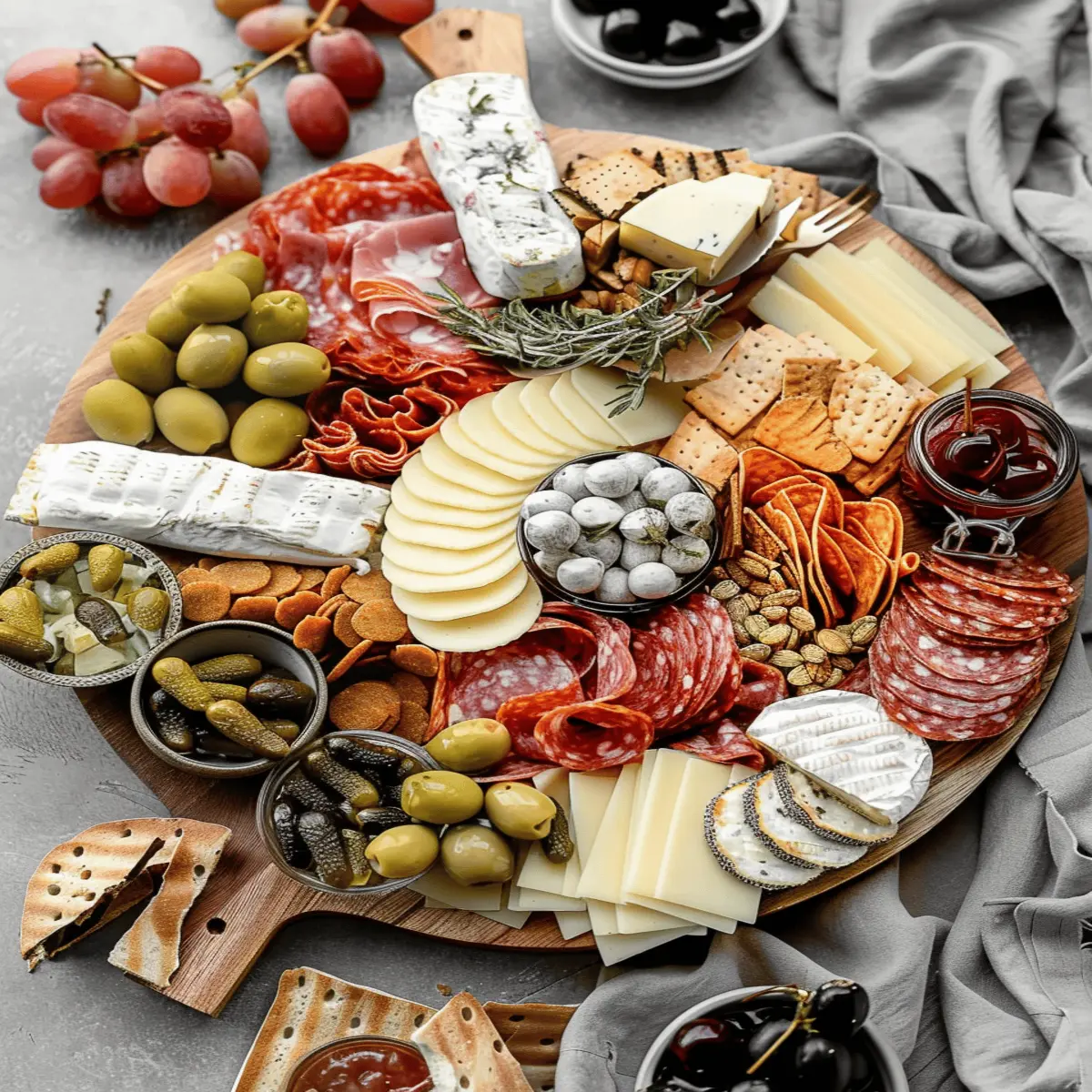
Creative Variations on Charcuterie Boards
Themed Boards: Mediterranean, Sweet, or Plant-Based
Why settle for a traditional charcuterie board when you can indulge in a themed experience? Consider a Mediterranean board brimming with marinated olives, feta cheese, hummus, and warm pita. It’s a flavorful trip to the coast! For dessert lovers, create a sweet board filled with artisanal chocolates, fresh fruits, and honeycomb. This engaging setup not only looks stunning but also caters to a variety of tastes. If you’re aiming for a health-conscious option, a plant-based board can showcase roasted vegetables, vegan cheeses, and an assortment of nuts, making it both vibrant and guilt-free.
Seasonal Ingredients for a Fresh Twist
Incorporating seasonal ingredients is a game-changer for your charcuterie board design. Think about refreshing your offerings based on what’s in season. In spring, include asparagus, radishes, and herbs, while summer can bring juicy peaches, tomatoes, and basil. Fall might inspire you to feature roasted root vegetables, apples, and artisanal pumpkin seed spreads, and winter can call for robust flavors with citrus, hearty cheeses, and spiced nuts.
This approach not only supports local farmers and sustainable practices, but it also elevates the flavor profile of your board. You can refer to resources like the USDA’s seasonal produce chart for ideas tailored to your area.
Engaging in these creative variations ensures your charcuterie board becomes a focal point at any gathering, sparking conversation and delight among your guests! What theme will you try next?
Helpful Tips for Making the Perfect Charcuterie Board
Balancing Flavors and Textures
Creating a charcuterie board is all about harmony. Aim for a mix of rich, savory elements like cured meats and sharp cheeses, balanced with sweet fruits and crunchy crackers. Try incorporating:
- Cured Meats: Prosciutto, salami, or chorizo for savory richness.
- Cheeses: Pair a creamy brie with a sharp cheddar or tangy blue cheese.
- Fruits: Fresh grapes or figs introduce a refreshing sweetness.
- Nuts and Olives: They add crunch and briny flavors, enhancing the overall experience.
When in doubt, consult resources like The Spruce Eats for expert tips on flavor profiles and pairings.
Presentation Tips for Visual Appeal
Visuals play a significant role in the enjoyment of a charcuterie board. Here are some simple tips to elevate your presentation:
- Layer and Arrange: Group items in clusters rather than uniform layouts. This creates an inviting, organic look.
- Use Color: Incorporate colorful fruits and veggies to create contrast against the meats and cheeses.
- Garnish Thoughtfully: Fresh herbs like rosemary or edible flowers can add that finishing touch.
Remember, the first impression matters. A beautifully arranged board will not only whet the appetite but also serve as a fantastic conversation starter at any gathering! For more styling ideas, check out Food52.
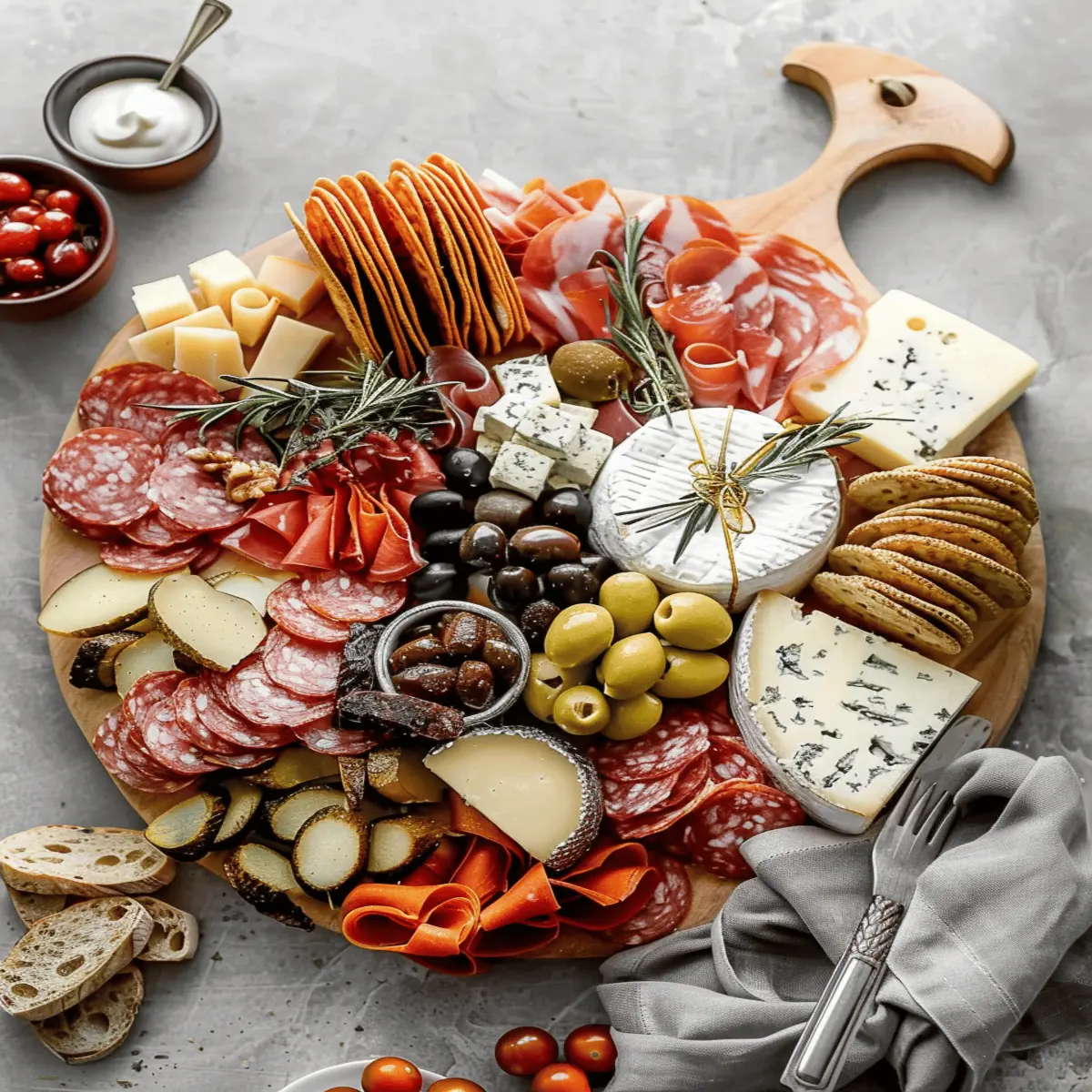
Serving Suggestions for Charcuterie Boards
Perfect Wine and Beverage Pairings
When designing your charcuterie board, consider what you’ll sip alongside it. A sparkling wine or a crisp white complements the saltiness of cured meats beautifully. If you’re leaning towards reds, opt for a light Pinot Noir or a fruity Merlot. Remember, craft beers like a pale ale can also enhance the flavors of your board—exploring different pairings is part of the fun!
Explore pairing guides from trusted sources like Wine Folly or VinePair for more specialized suggestions.
Serving Sizes for Gatherings
The key to a successful charcuterie experience is ensuring everyone has enough to enjoy. As a guideline, plan for about 2 ounces of meat and cheese per person, alongside a variety of accompaniments like fruits, nuts, and spreads.
For a gathering of 10 guests, aim for:
- 20 ounces of meat
- 20 ounces of cheese
- An assortment of crackers, fruits, and nuts
Small touches, like labeling items on the charcuterie board, can elevate the experience. Giving guests the background on your selections makes for great conversation starters!
Time Breakdown for Charcuterie Boards
Creating a charcuterie board is a delightful experience, and understanding the time involved helps you plan your gathering better. Let’s break it down:
Preparation Time
In most cases, you’ll need about 15 to 30 minutes to gather your ingredients and slice meats and cheeses. If you’re opting for homemade dips or spreads, factor in an additional 20 minutes.
Assembly Time
Once you’re prepped, putting your charcuterie board together will take about 10 to 20 minutes. Arrange your items aesthetically, giving yourself time to enjoy the process.
Total Time
In total, expect around 30 to 60 minutes from start to finish. It’s all about creating an inviting spread that looks and tastes amazing. For more in-depth ideas on selection, check out these tips from Bon Appétit.
Whether it’s a casual get-together or a special occasion, this time investment ensures your charcuterie board shines!
Nutritional Facts for Charcuterie Boards
Caloric Breakdown of Typical Ingredients
When assembling a charcuterie board, it’s essential to be mindful of the caloric content of your ingredients. Here’s a quick overview:
- Cheeses: Varied options like cheddar can have about 115 calories per ounce, while brie might range around 95.
- Cured Meats: Salami clocks in at about 110 calories per ounce, and prosciutto is approximately 70 calories.
- Crackers and Bread: These can vary widely, with typical crackers around 30 calories each.
- Nuts: Almonds provide healthy fats at roughly 160 calories per ounce.
Balancing your selections can create a delicious yet mindful charcuterie board.
Tips for Making Healthier Choices
Crafting a healthier charcuterie board doesn’t mean sacrificing flavor. Here are some tips to keep in mind:
- Opt for Lean Meats: Choose turkey or chicken-based deli meats over higher-fat options.
- Include Fresh Produce: Fill your board with fruits and veggies, which are low in calories and high in nutrients. Consider grapes, berries, or bell pepper strips.
- Portion Control: Use small bowls for dips and spreads to manage serving sizes.
- Choose Whole-Grain Options: If going for crackers or bread, select whole-grain varieties to boost fiber.
By focusing on these tips, you can enjoy your charcuterie board while keeping an eye on nutritional balance. For more information on healthy eating and portion sizes, check out ChooseMyPlate.gov for expert advice!
Remember, moderation is key, and the best experience comes from sharing delicious food with friends and family—while feeling good about your choices.
FAQs about Charcuterie Boards
How do I store leftovers from a charcuterie board?
Storing leftovers from your charcuterie board can feel a bit tricky, but it’s pretty straightforward! Firstly, gather any unrefrigerated items like cheeses and deli meats and place them in airtight containers. If you have any fruits or nuts left, store them separately to avoid sogginess.
- Cheeses: Wrap them in parchment paper, then place them in a container. This helps retain moisture without becoming overly soft.
- Meats: Seal them tightly to prevent drying out. They typically last 3-5 days in the fridge.
- Fruits and Veggies: Store these in their own container with some ventilation to stay fresh.
Can I prepare a charcuterie board in advance?
Absolutely! Preparing a charcuterie board in advance not only saves time but can also enhance the flavors as they meld together. Aim to assemble it a few hours ahead of your event.
- Assemble the basics: Lay out your cheeses, meats, and crackers.
- Cover it properly: Use plastic wrap or a lid to keep everything fresh.
- Add delicate items last: Consider adding items like fresh herbs or dips just before serving for maximum freshness.
What are good substitutes for charcuterie board ingredients?
If you’re missing some ingredients or catering to dietary preferences, there are plenty of substitutes you can use.
- Meat alternatives: Try marinated artichokes or grilled vegetables for a vegetarian option.
- Cheese substitutes: Vegan cheese or hummus can be delightful replacements that don’t compromise flavor.
- Cracker and bread options: Gluten-free crackers or even vegetable sticks can be crunchy alternatives.
For even more inspiration, check out this comprehensive guide on charcuterie boards to discover different ingredient combinations and fun pairing ideas. Your next gathering will be a hit in no time!
Conclusion on Charcuterie Boards
Embracing Creativity in Your Charcuterie Presentations
Creating your charcuterie board is about more than just food; it’s a chance to showcase your personality and creativity. Think of it as an edible canvas where you can play with colors, textures, and flavors. Mix and match different meats, cheeses, and garnishes to craft a spread that tells your story.
Don’t be afraid to experiment! Try unusual pairings or seasonal ingredients to elevate your board. For inspiration, consider exploring platforms like Pinterest or food blogs that focus on modern charcuterie trends. Remember, there are no hard rules—just guidelines to spark your imagination. So, gather your favorite items and have fun with it!
Print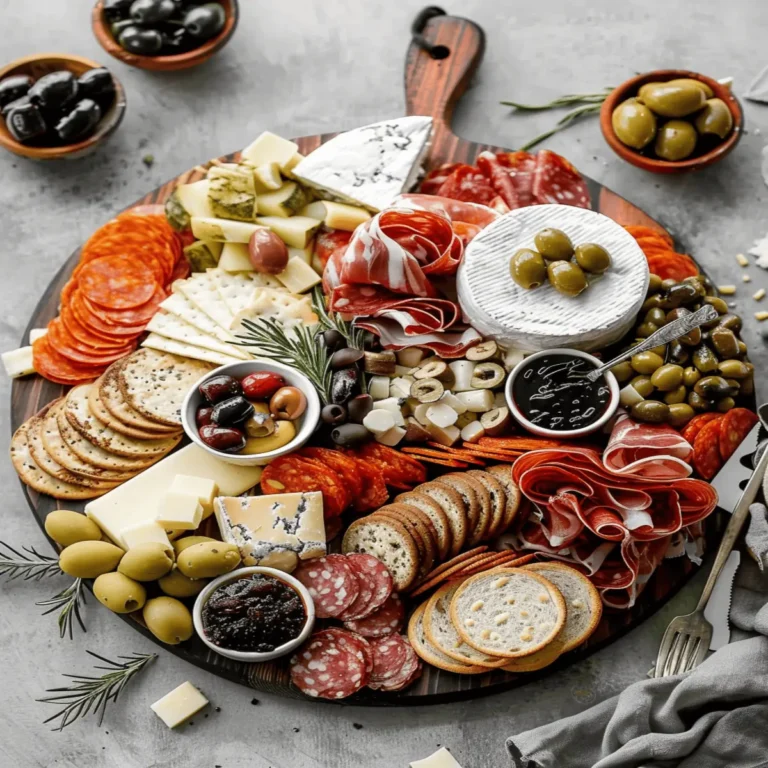
Charcuterie Board Bliss: Easy Tips for a Stunning Spread
Learn how to create the perfect charcuterie board with easy tips and suggestions for a stunning spread that will impress your guests.
- Total Time: 15 minutes
- Yield: 4-6 servings 1x
Ingredients
- 100 grams assorted cheeses
- 150 grams cured meats
- 1 cup assorted olives
- 1 cup mixed nuts
- 1 loaf French bread
- 1 jar fig jam
Instructions
- Start by selecting a large wooden board or platter.
- Arrange the cheeses in a pleasing manner around the board.
- Next, layer the cured meats next to the cheeses.
- Add small bowls of olives and fig jam.
- Fill any gaps with nuts and slices of French bread.
Notes
- Experiment with different cheeses and meats for variety.
- Include fruits like grapes or apples for color and sweetness.
- Prep Time: 15 minutes
- Category: Appetizer
- Method: No-cook
- Cuisine: French
Nutrition
- Serving Size: 1 serving
- Calories: 250
- Sugar: 5 grams
- Sodium: 450 milligrams
- Fat: 20 grams
- Saturated Fat: 7 grams
- Unsaturated Fat: 10 grams
- Trans Fat: 0 grams
- Carbohydrates: 15 grams
- Fiber: 2 grams
- Protein: 10 grams
- Cholesterol: 30 milligrams
Keywords: Charcuterie Board

